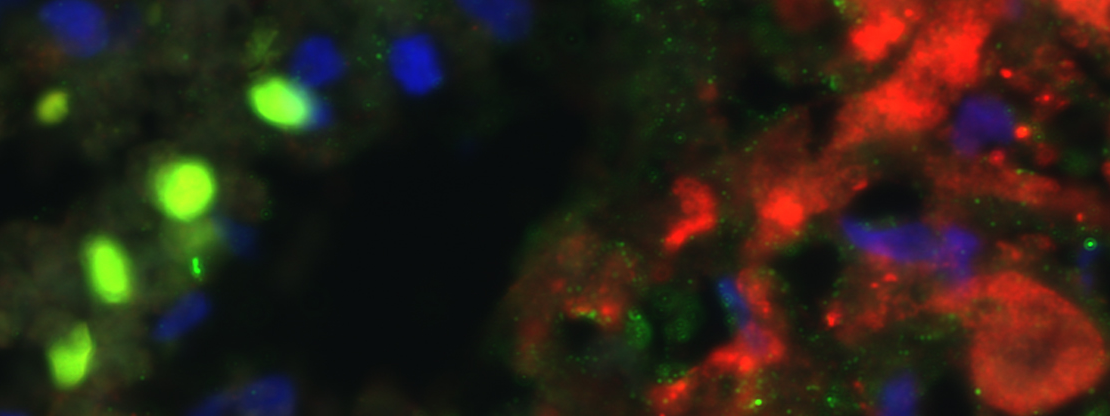What are prions?
Prions are infectious agents that cause a number of rare neurodegenerative diseases in humans and animals. Unlike bacteria or viruses, prions have no known genetic material, which makes them particularly resistant to common disinfection techniques that work by degrading DNA.
In essence, prions are corrupted versions of certain proteins, the body’s molecular workforce. The shapes of proteins determine their function in the body and strongly influence their ability to carry out their jobs. An important property of a prion is the ability to induce changes of its normal counterpart, essentially prompting certain normal proteins to become prions as well. It is unclear exactly why or how this occurs.
It is important to note that while all prions are misshapen proteins, not all misshapen proteins are prions (more on this below).
Why do prions matter?
Prions cause several fatal neurodegenerative disorders such as Creutzfeldt-Jakob disease (CJD) in humans (a rare disorder), bovine spongiform encephalopathy (BSE, or “mad cow disease”) in cattle, scrapie in sheep and goats, and chronic wasting disease (CWD) in deer, elk and other cervids. Collectively, these disorders are called transmissible spongiform encephalopathies. They are marked by progressive, rapid and irreversible destruction of brain tissue that eventually leads to death. There currently are no effective treatments for prion diseases.
In the case of CJD, roughly 85 percent cases are sporadic, meaning there is no discernible path of transmission. About 5 to 15 percent of cases result from rare genetic mutations. Overall, CJD is extremely rare, with only about 300 cases in the U.S. each year.
Where have I heard about prions before?
Most people may have heard of prions due to an outbreak of BSE in the United Kingdom in the late 1980s and early 1990s. It was eventually linked to the feeding of infected beef and bone meal to other cattle, a practice that was subsequently banned. The impacts of the outbreak were long-lasting; China maintained a ban on importing beef from the U.K. until 2018.
Since then and thanks to strict regulations and controls, BSE cases have become exceedingly rare.
Many people (particularly those who hunt and live in Michigan) may also have heard of prions in the context of chronic wasting disease, a prion disease that is currently spreading among cervids (e.g., deer, elk and moose) in the U.S., Canada, Norway and South Korea. It can take more than a year after infection for symptoms such as stumbling, weight loss and other neurological deficits to manifest in affected cervids. There have been no reported cases of chronic wasting disease in humans; however, as with many other diseases, people who come into contact with the brain or bodily fluids of infected animals should exercise caution (find more information on monitoring in Michigan here).
What can research into prion diseases teach us about other neurodegenerative disorders?
Remember, all prions are misshapen proteins but not all misshapen proteins are prions. Although true prion diseases are very rare in humans, there are many misshapen proteins that play roles in neurodegenerative diseases such as a-beta and tau in Alzheimer’s and alpha-synuclein in Parkinson’s disease. These proteins have been said to behave in a “prion-like” manner, meaning they have the ability to coax their normal counterparts into abnormal shapes. Unlike prions in prion diseases, however, these misshapen proteins are not infectious and instead cause problems by sticking together and forming clumps or sheets that gum up the innerworkings of cells.
Our understanding of the “prion-like” attributes of these proteins is due in large part to decades of research on prions and prion diseases, which has greatly helped us to understand the disease mechanism of these common neurodegenerative diseases.
Today, this important research continues. At VAI, scientists are:
- Working to understand the mechanisms that propel prion infectivity
- Developing ways to detect prions and neutralize them, which one day may lead to new treatments
- Applying what they learn from prions to other abnormal protein-related neurological disorders
Learn more about prion research underway at VAI by visiting the Ma Lab website here.
